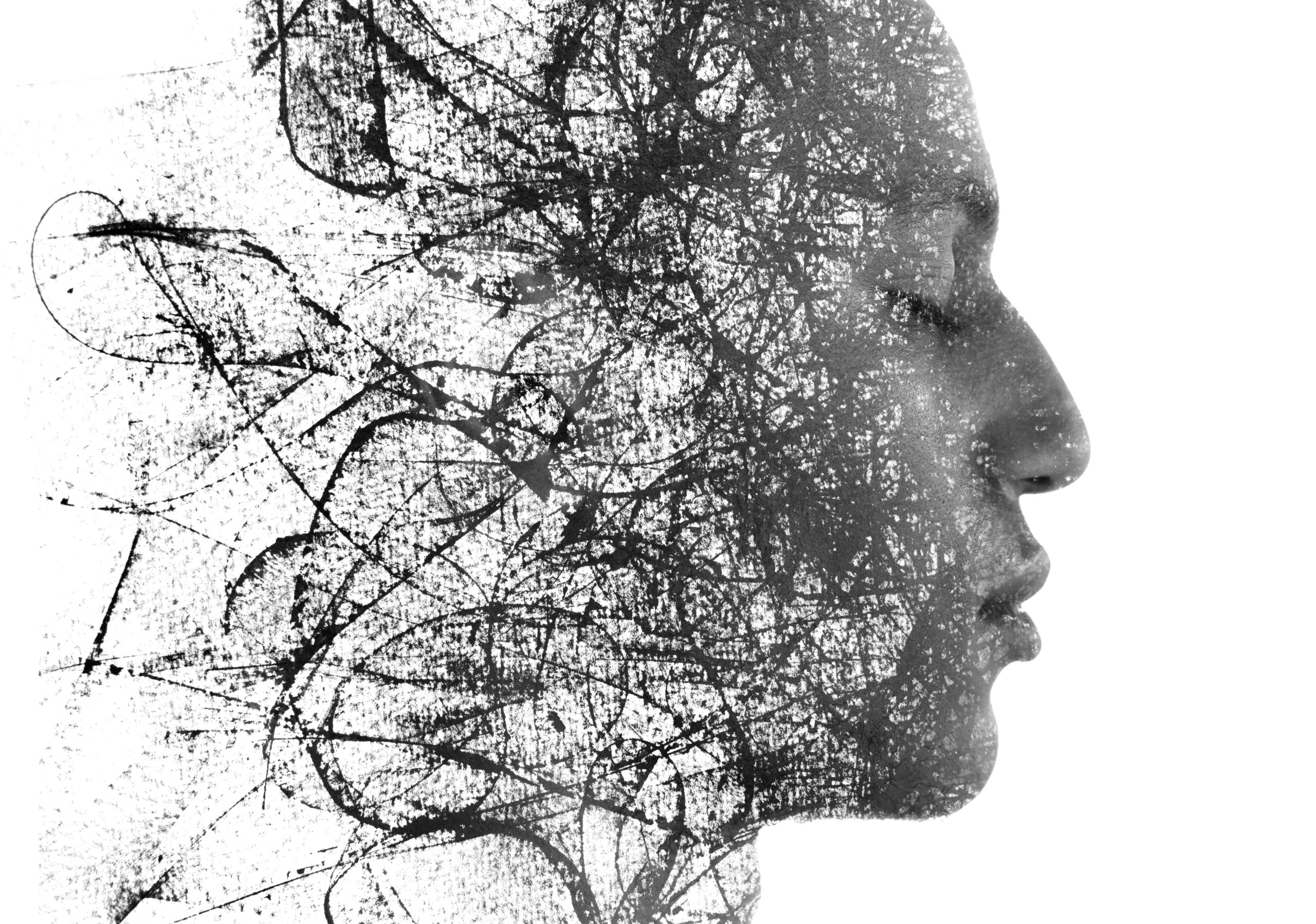I don’t know about you, but sometimes my brain feels like it is whirring so fast with thoughts that I can’t even think straight. For years, I have struggled with an overactive mind that seems to laugh in the face of meditation then look at me with a smirk and hit me with a big dose of anxiety. The only times I have been able to truly calm my monkey mind have been while swimming, running in the mountains, and climbing.
I never understood or examined why my brain quieted down while doing these activities until I stumbled upon this phrase, transient hypofrontality, as I was writing my culminating experience project (aka my senior thesis) in graduate school. Coined by Dr. Arne Dietrich (2003), transient (temporary) hypo (less) frontality (pre-frontal cortex of the brain) is a fancy way of saying that, when we are engaged in repetitive activities such as running, we can slow the functioning of the pre-frontal cortex. This decreases the focused thinking region of the brain, allowing other areas of the brain to become more dominant (Dietrich, 2003). What does this mean? Our inner dialogue slows down and we become more present and relaxed, maybe even reaching the elusive “flow state”. The right hemisphere becomes more active, and thus creative insights, here and now experiences, peacefulness, and awareness of one’s surroundings are more frequent (Dietrich, 2003; Hays, 2017).
As I learned more about transient hypofrontality, I began to take note of how my mind felt both during and after climbing, swimming, and running. I noticed that I often entered my activity of choice with a certain amount of anxiety and stress, but that my overactive thoughts took a backseat when I was counting strokes, listening to my feet strike the earth, or moving my body in flow from one crimpy climbing hold to the next. After zoning out during these activities, I often felt more present and at peace, further in touch with my emotions, and ready to continue with my day. I want you to spend a little time today examining what types of activities make you feel calm and disconnected from your overactive, racing mind. Maybe running, yoga, long walks in nature, or climbing make you feel present and fully in your body, or maybe something else entirely gets you into this state. Transient hypofrontality is achievable for all of us if we take the time to welcome it.
Feel free to comment below and let me know what kinds of activities trigger transient hypofrontality or flow state for you!
References
Dietrich, A. (2003). Functional neuroanatomy of altered states of consciousness: The transient hypofrontality hypothesis. Consciousness and Cognition, 12(2), 231–256.
Hays, K. F. (2017). The transient hypofrontality edge: This hypothesis explains how running can alter our consciousness. Psychology Today.

In a state of transient hypofrontality (aka flow state) climbing Mount Conness in Tuolumne, Yosemite National Park, blissfully unaware of time and all of the tasks awaiting me back home.




